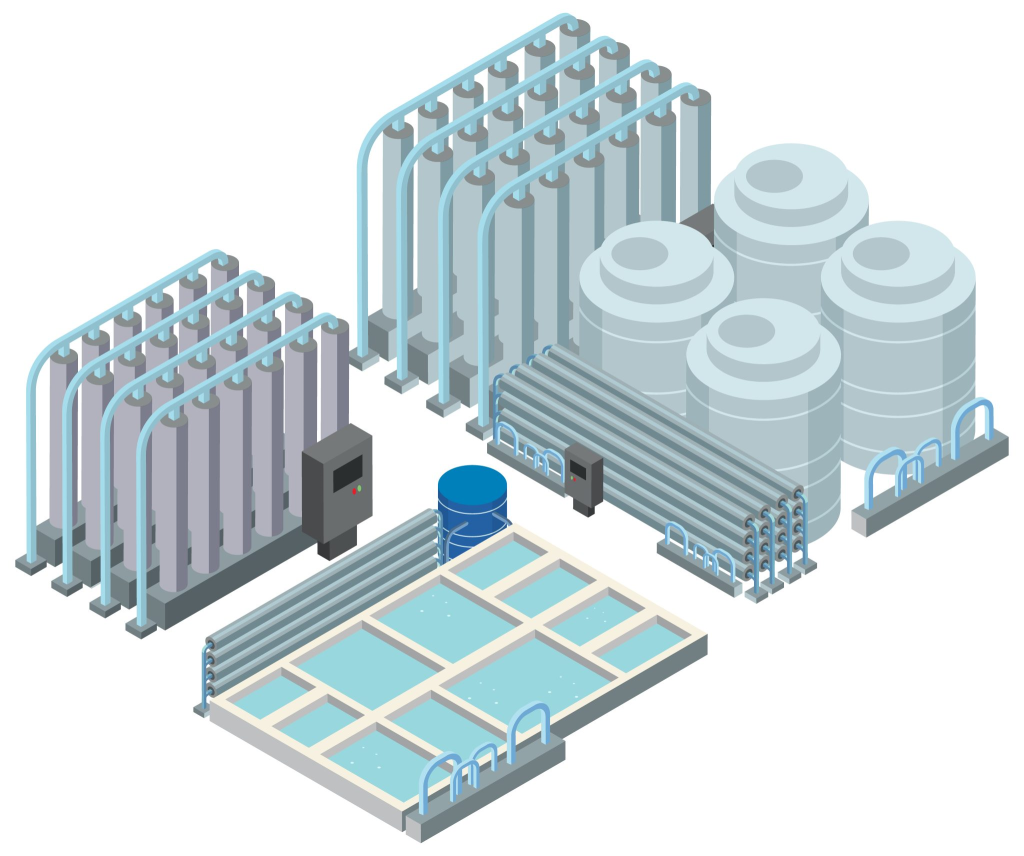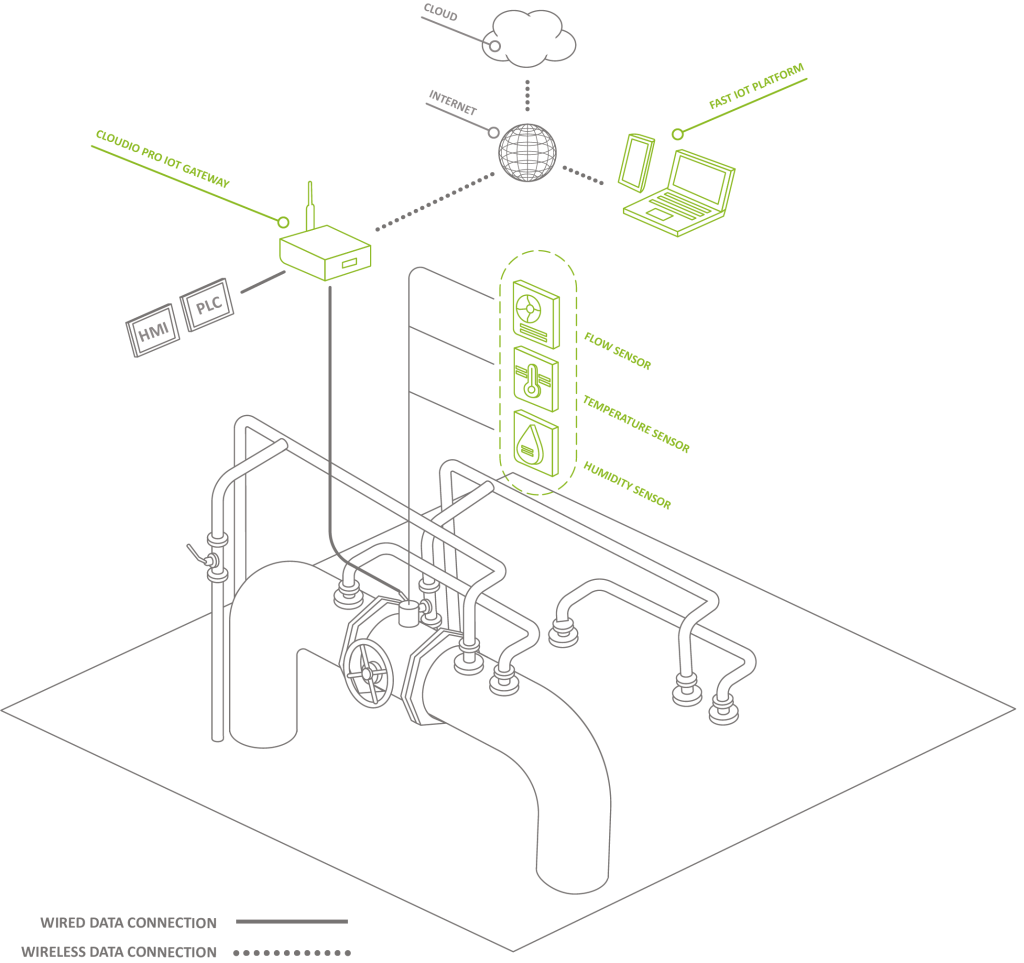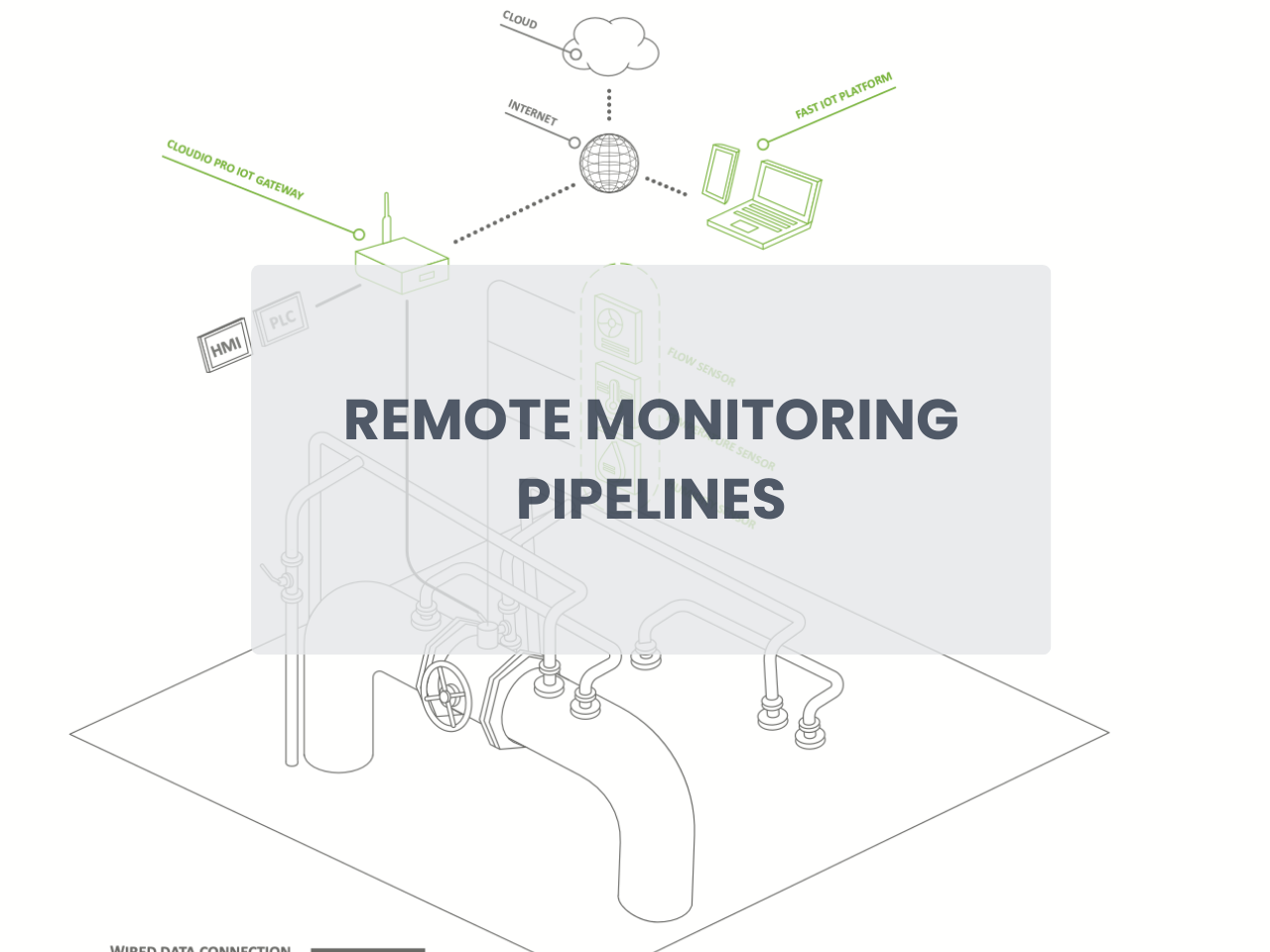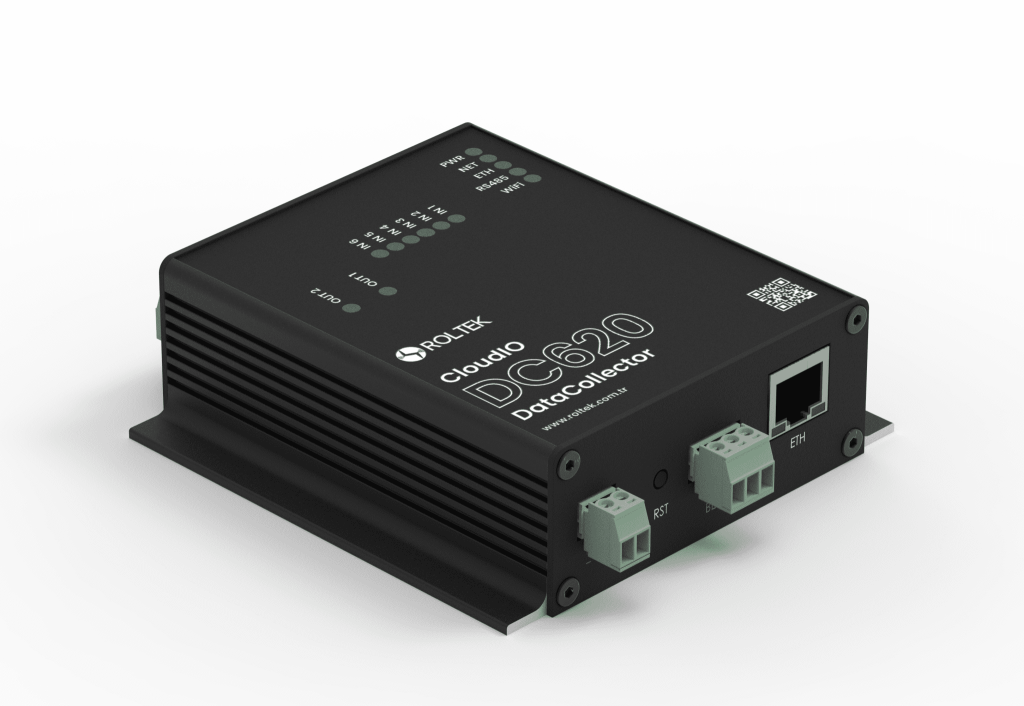Pipelines in the Oil and Gas Industry: Essential Transport Mechanism
The oil and gas industry plays an indispensable role in meeting world energy needs. One of the main transport mechanisms of this industry is pipelines. Pipelines are vital for properly delivering processed and unprocessed oil, gas, and other energy resources. These networks allow energy to travel thousands of kilometers from remote regions to major cities. However, the operation and maintenance of this important infrastructure requires constant monitoring. This is where remote pipeline monitoring technologies come into play. These systems quickly monitor pipeline status and detect and avoid possible problems before they occur. In this way, the energy flow continues continuously and reliably. Environmental risks are minimized and the sustainability of the energy industry is ensured. This blog post will emphasize the relevance of pipelines in the oil and gas business. Seeks to demonstrate how this transport mechanism is critical. The importance of remote monitoring tools in this process.

Remote Monitoring of Pipelines: The Problem
Getting energy from oil and gas resources is a complex process requiring extensive infrastructure. Part of this infrastructure are pipelines. This is the primary transport mechanism for the Oil and Gas industries. Pipelines are a safe, efficient and cost-effective way to transport processed and virgin materials. Additionally, they always operate without interruption, except during scheduled maintenance periods. Important pipeline parameters like as flow rate, temperature, humidity, and pressure should be monitored to detect potential safety or efficiency issues in advance. Majority of the pipeline runs through rural and distant locations with limited wireless internet access.
The Role of Flow Meters and Industrial Sensors
Flow meters and industrial sensors are vital for monitoring and optimizing oil and gas pipelines performance. Sensors collect data by precisely measuring flow rate, temperature, humidity levels and pressure values in the pipeline. This data is used to monitor the health and performance of the pipeline. It also helps detect potential security issues early. Which can communicate especially with RS-485, Modbus industrial protocol, transfer data to central control centers or IoT platforms. This allows professionals to monitor the pipeline’s status in real time and intervene as needed. Flow meters and industrial sensors have become crucial components of the energy industry, assuring pipeline safety and efficiency.
Remote Monitoring of Pipelines: Solutions
Satellite communications for wireless internet are still quite expensive. Expanding 4G LTE coverage globally will be the most cost-effective solution for monitoring Oil and Gas pipelines. A pipeline flow monitoring application is created using custom flow meters that support industrial protocols. Flow meters and other sensors commonly communicate serially using the RS-485 and Modbus industrial standards. Sensor data from flow meters, temperature sensors, and humidity sensors must be sent to control centers, SCADA, or IoT Platform systems for central collection and analysis.
For such applications, CloudIO Pro IoT Gateway is the best option. RS-485 interface and Modbus-RTU function, it periodically reads the information of flow meters sensors. It can also transmit collected data over 4G LTE connection. You can send this data to remote servers via HTTP/HTTPS or to various IoT platforms using the MQTT protocol. Solar energy is usable due to its wide power supply range and low energy consumption. Ethernet port provides access to industrial equipment like PLCs and HMIs at pipeline monitoring stations.

Remote Monitoring of Pipelines with 4G LTE
Pipelines are often located in remote and rural areas. They need a strong communications infrastructure to work securely and efficiently. 4G LTE technology is now a viable option for remote pipeline monitoring. 4G LTE offers high-speed data transmission and extensive coverage, allowing pipelines in remote places to be monitored and data transmitted promptly. We can capture critical data like pipeline flow rate, temperature, humidity, and pressure with confidence. Furthermore, it is sent to central control centers, allowing problems to be recognized quickly. Additionally, the low latency of 4G LTE speeds up remote management and intervention. This ensures uninterrupted operation and safety of pipelines.
Cloud IO Data Collector
The Cloud IO Data Collector gateway seamlessly integrates Modbus RTU devices into current IoT networks via Modbus TCP/IP and MQTT. It has a range of input and output options including 6 digital inputs, 2 digital outputs making it suitable for a variety of remote I/O applications. Supports both Modbus TCP/IP and MQTT protocols, providing flexibility and compatibility with different network environments. The Cloud IO Data Collector is ideal for remote device monitoring and control. As well as integration into a larger IoT system.
- Digital Inputs
- Digital Outputs
- Ethernet & RS485 Port
- Counter
FAST IoT Platform
FAST IoT Platform is designed to power the future of connected devices and smart systems. It has many features and capabilities that will enable you simply design, manage, and deploy IoT applications. Some common features you can find in our IoT platform software are listed below. Click to examine our FAST IoT Platform in detail!
The Future of Connected Devices and Smart Systems with FAST IoT Platform
IoT Platform is a strong solution for the future of linked devices and smart systems. Platform is equipped with a set of features and capabilities that will help you quickly develop, manage and deploy IoT applications. Securely collects, analyzes and manages data from connected devices and sensors. It also provides the necessary infrastructure for remote monitoring, control and automation. The platform’s data analytics and reporting capabilities help to optimize industrial operations and boost productivity.
Advantages of Remote Monitoring of Pipelines
- High availability and cheap data cost: Application requires less data, 4G LTE is a globally available and affordable solution.
- Data security: Ensures data security with firewall and encryption, supporting strengthened data protection with multiple VPN services.
- System operators receive SMS messages when predetermined flow, temperature, humidity, and pressure measurements exceed defined thresholds.

Data Security and Push Notifications: Second Layer Security for Pipelines
Data security in pipelines and push notifications are a critical requirement of the energy industry. Second-layer security procedures utilized to safeguard pipeline data and ensure security. Data protection measures supplemented by several VPN services are crucial for assuring pipeline operational continuity and security. System operators receive fast notifications if crucial parameters exceed predetermined limits. This allows potential problems to be addressed quickly and ensures that pipelines operate safely.
Pipelines in the oil and gas industry are an indispensable part of energy transportation processes. This complex infrastructure is used to transport processed and unprocessed energy resources safely and efficiently. However, continuous monitoring of pipelines and secure collection of data is critical. Flow meters, industrial sensors, and 4G LTE technologies improve pipeline safety and efficiency by enabling monitoring processes. Additionally, solutions like FAST IoT Platform help manage data effectively. In this way, it contributes to the optimization of industrial processes. Data security and push notifications also protect the security of pipelines as a second layer. Therefore, remote monitoring and security of pipelines is of vital importance for the energy industry. You can contact us to safely control these critical processes!
You can also get more current content by following us on social media.
Instagram: roltek2014
LinkedIn: Roltek Technology



